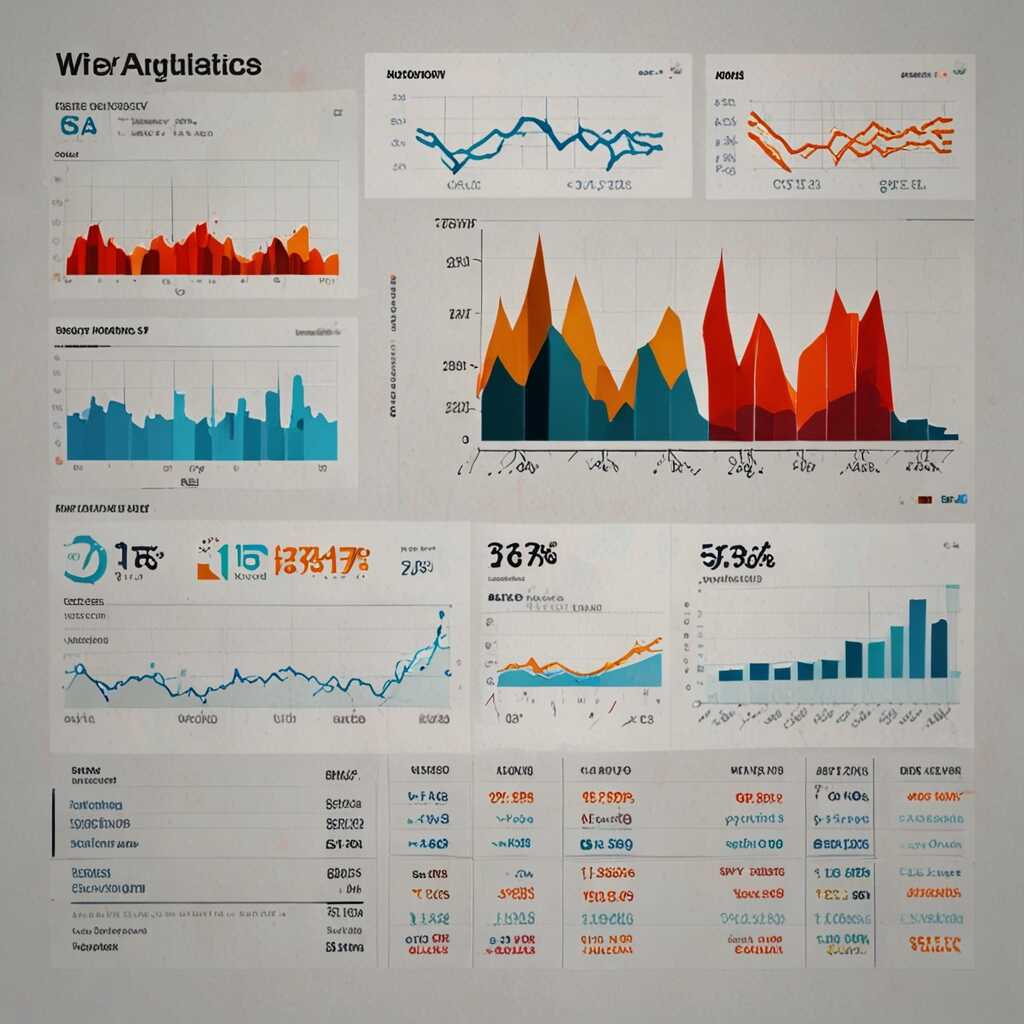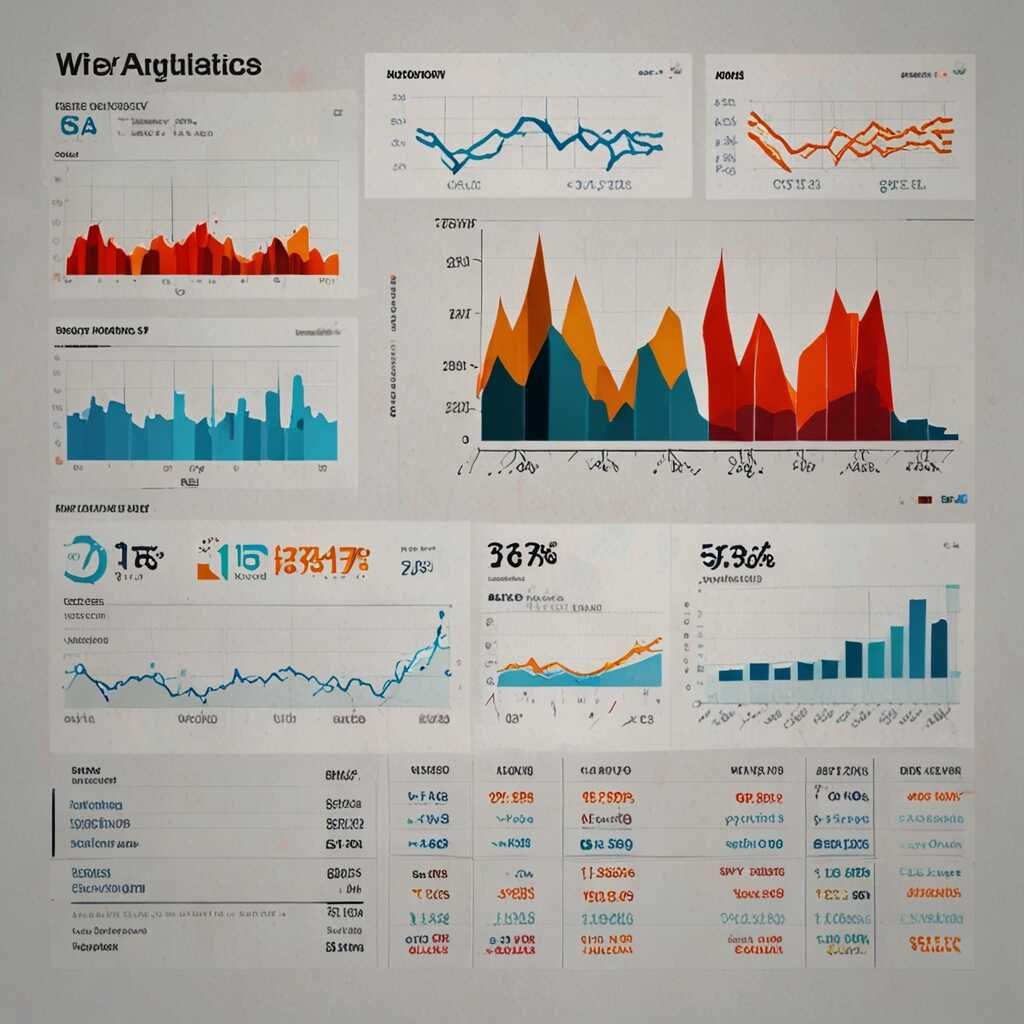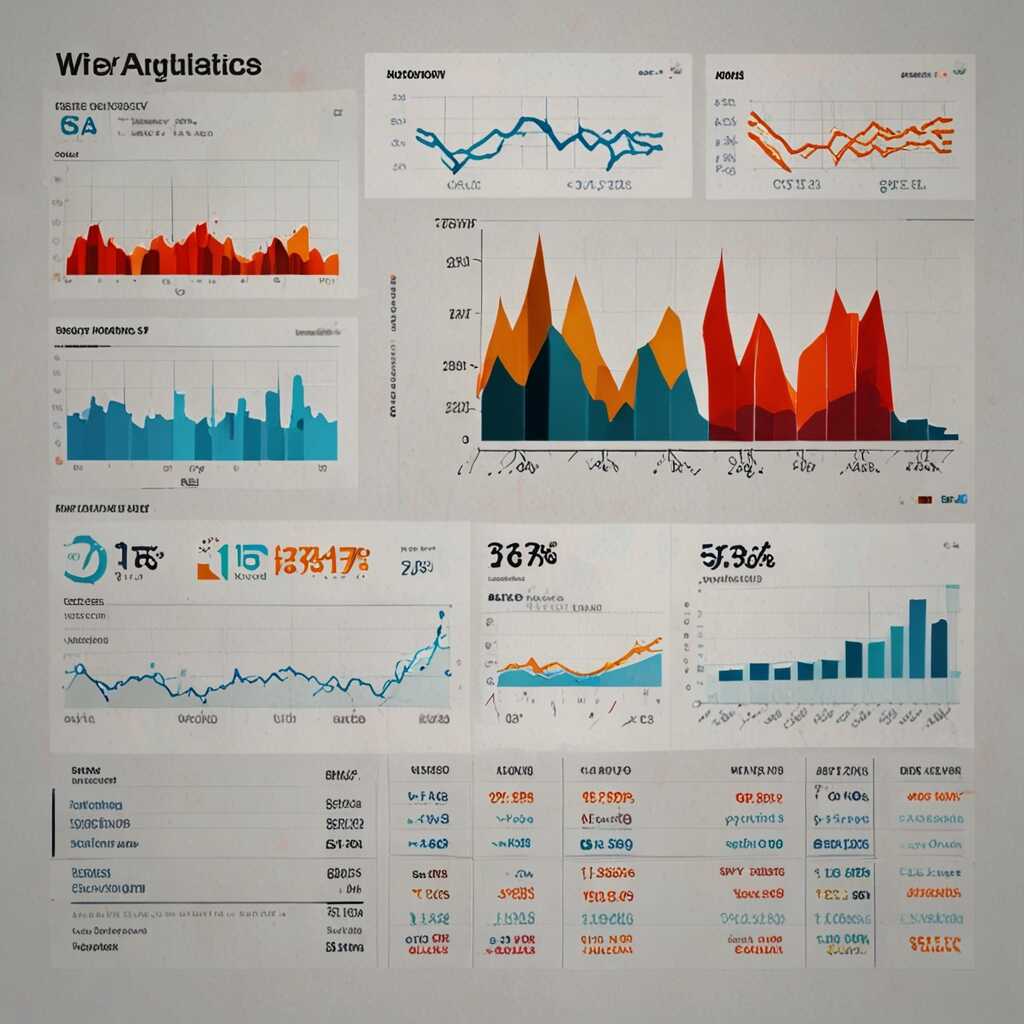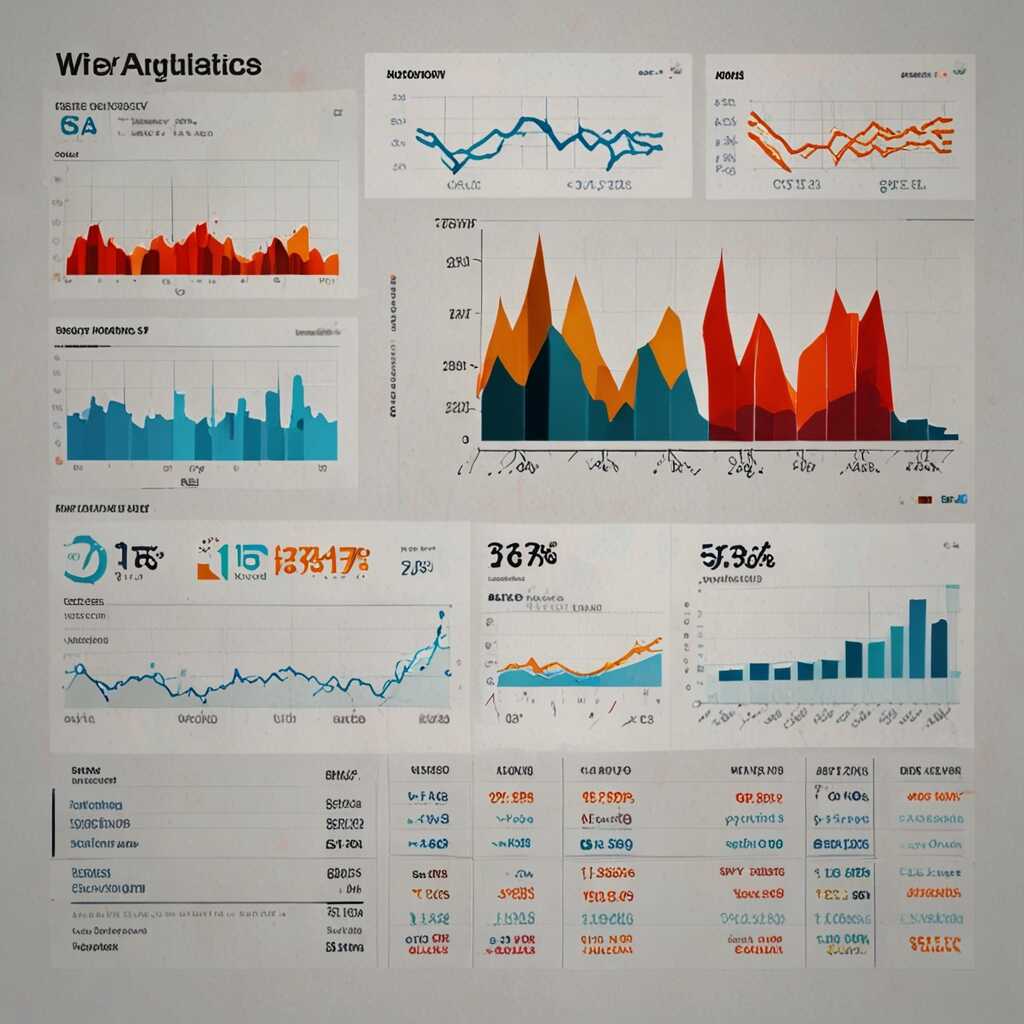Fast indexing is crucial for e-commerce websites during sales seasons as it enhances visibility and supports sales growth. When your products are indexed quickly, customers can find them easily, leading to a better user experience. Metrics Rule understands that optimizing your website for rapid indexing is essential to capture sales during peak times, ensuring you stay competitive and drive conversions. Prioritizing fast indexing not only improves your search engine presence but also significantly impacts your bottom line.
The Significance of Indexing Speed in E-Commerce SEO
Indexing speed refers to how quickly search engines like Google crawl and process the content on a website. Fast indexing is crucial for e-commerce SEO because it directly impacts website visibility. During peak sales seasons, when many brands compete for consumer attention, timely indexing ensures that your product pages are visible to potential customers just when they need them. Factors such as the number of URLs, the structure of content, and updates on existing pages can significantly influence the speed of indexing. Research shows that websites that enhance their indexing speed often benefit from higher conversion rates during busy shopping periods.
Understanding the Factors Influencing Indexing Speed
Several factors can influence the indexing speed of e-commerce websites. These include the quality of your sitemap, the structure of your URLs, and the freshness of your content. A well-structured sitemap helps search engines efficiently understand the hierarchy of your website, leading to faster indexing. Also, content updates signal to search engines that changes are occurring, prompting them to crawl pages more frequently. In 2025, having a reliable indexing strategy, including optimized metadata and schema markup, will be necessary to improve your website’s indexing speed. By implementing these features, you can ensure that your e-commerce site maintains high visibility during critical sales periods.
Understanding Sales Seasons and Their Challenges
Sales seasons like Black Friday dramatically increase e-commerce website traffic and conversions. During these peak times, many consumers shop online, searching for the best deals. This surge in traffic can overwhelm websites and lead to poor performance if rapid indexing is not in place. E-commerce businesses often encounter challenges such as managing server load, ensuring efficient navigation, and providing a seamless user experience. These challenges make fast indexing essential, as it helps websites appear in search results swiftly, allowing businesses to capitalize on increased visibility and consumer interest during crucial shopping periods.
Strategies for Overcoming E-Commerce Challenges During Sales Seasons
To effectively tackle the challenges of sales seasons, e-commerce businesses should implement several strategies focusing on rapid indexing and site performance. Optimizing website speed is crucial; a fast-loading site can enhance user experience and reduce bounce rates during high-traffic times. Businesses can benefit from structured data usage, which helps search engines understand the content better, providing rich snippets that increase visibility. Utilizing AI-driven tools for keyword research can reveal trending search terms that align with consumer demand. These strategies collectively enable e-commerce sites to efficiently handle the surge in demand, ensuring they maintain reliability and performance even during peak seasons.

Direct Benefits of Fast Indexing for Visibility and Traffic
Fast indexing is essential for enhancing the visibility of e-commerce websites, especially during peak sales seasons. When search engines like Google index products rapidly, it ensures they appear in search results promptly. This immediate visibility can result in significantly increased traffic volumes, as users are more likely to engage with up-to-date product listings. Proven tactics include optimizing the sitemap, using structured data, and leveraging advanced crawling techniques. E-commerce businesses often experience a noticeable uptick in traffic, sometimes exceeding 30% during critical sales windows due to improved indexing speed.
Strategies for Effective Indexing During Sales Events
To enhance indexing speed during sales events, businesses can adopt several effective strategies. Implementing a comprehensive sitemap that lists all products ensures search engines can easily find and index them. Additionally, using structured data helps search engines understand product details better, improving the chances of rich snippets in search results. Regularly submitting updated sitemaps to Google through Search Console can further expedite indexing. Utilizing log file analysis allows businesses to monitor how frequently search engines visit their site, ensuring efficient crawling and indexing. By prioritizing these strategies, e-commerce sites can maintain a competitive edge during high-traffic sales periods.
Statistical Insights on Quick Content Discovery
- 60% of online shoppers abandon their carts if a page takes longer than three seconds to load.
- Fast indexing can improve organic search visibility by up to 10 times during events.
- Approximately 80% of consumers conduct research before making a purchase.
- Websites that index faster typically see a 25% increase in conversions during sales.
- Search engines index pages that load within 1-2 seconds 1.5 times more frequently.
- During peak seasons, poorly indexed pages can see a drop of up to 90% in traffic.
- Fast indexing reduces the chance of site crashes, which can affect 30% of traffic.

Risks of Slow Indexing on E-Commerce Performance
Slow indexing can significantly harm e-commerce performance. It directly leads to lost traffic, as search engines may not display updated product listings, resulting in missed sales opportunities. When users do not see the latest offers, their overall shopping experience declines, ultimately affecting customer satisfaction. Platforms with slow indexing might also frustrate users, leading to abandoned carts and decreased trust, which can negatively impact conversions. This situation underscores the critical need to ensure fast indexing, especially during busy sales seasons.
Understanding the Effects of Slow Indexing on Customer Retention
Slow indexing affects customer retention by diminishing the reliability of product availability and updated information. When customers encounter delays in seeing new products or promotions, they become less patient. Studies show that 70% of online shoppers abandon their carts when encountering slow-loading pages or outdated results. Enhancing indexing speed means e-commerce sites can better cater to customer needs, leading to improved satisfaction and loyalty. This agile response to user demands plays a vital role in ensuring lasting relationships with customers and building trust.

Proven Strategies to Enhance Indexing Speed
Improving indexing speed on e-commerce websites relies heavily on effective technical optimizations, strategic content updates, and best practices. Key technical optimizations include enhancing your website’s structure for improved crawling. Ensure your sitemaps are up-to-date and easily accessible by search engines like Google and Bing. Further, using efficient coding can prevent unnecessary delays in indexing. When updating content, be mindful to refresh high-traffic pages frequently to signal relevance to search engines, which can help enhance indexing speed. Additionally, employing structured data enhances how your site is represented in search results, improving visibility and relevance.
Impact of Site Structure and Content on Indexing Speed
Site structure significantly impacts indexing speed by determining how quickly search engines can crawl and index your pages. A clean, logical hierarchy enables faster navigation for crawlers, while implementing breadcrumb navigation helps users and search engines alike. Content updates like refreshing product descriptions or adding new items signal that your site is active and relevant, encouraging frequent crawls. Research indicates that sites with consistent content updates have seen indexing speeds improve by around 30%, especially during high-traffic periods like sales seasons. This proactive approach ensures reliable performance in search engine rankings.
Advantages of Swift Page Discovery for Retailers
- Improved visibility translates directly to higher traffic levels during key sales periods.
- Enhanced user experience keeps customers more engaged and less likely to leave.
- Quick indexing enables faster updates to product availability and pricing.
- Higher conversions happen when customers find products quickly during peak sales.
- Fast indexing encourages better crawling by search engines, improving site rankings.
- Effective product placement boosts the likelihood of impulse purchases.
- Immediate indexing supports timely marketing campaign adjustments and promotions.

Leveraging Automation for Efficient Indexing
Automating the indexing process is vital for e-commerce sites during peak sales seasons. Technologies such as Google Search Console, automated sitemap generators, and indexing APIs can significantly enhance site performance. Automation tools provide features that save time and resources, ensuring that your pages are crawled and indexed quickly. For instance, utilizing indexing APIs can allow e-commerce websites to push new product pages directly to search engines like Google. This quick turn-around time results in increased visibility during crucial sales periods. In fact, e-commerce websites that have integrated automation tools often report a remarkable percentage increase in indexing efficiency compared to manual processes.
Understanding Key Automation Tools for E-Commerce
Several automation tools are designed specifically for e-commerce websites to enhance indexing efficiency. Google Search Console offers insights into index coverage, allowing you to track how well your products are being indexed. Additionally, using automated sitemap generators ensures that any new products or pages are quickly included in your sitemap. Tools like Screaming Frog and Sitebulb assist in comprehensive technical optimization by listing pages that might be having indexing issues. By regularly testing and reviewing your e-commerce site with these tools, you enhance reliability in your indexing processes. As a result, you not only facilitate fast indexing but also improve overall search performance, which is essential for driving conversions during sales seasons.
Importance of Sitemap and Schema for Faster Indexing
Sitemaps and schema markup are critical for enhancing a website’s indexing efficiency. A sitemap provides a blueprint of your site, ensuring search engines like Google efficiently crawl and index all pages. Schema markup, on the other hand, enhances the information presented in search results, thereby improving visibility. By implementing a well-structured sitemap and relevant schema elements, e-commerce sites can significantly enhance their chances of being indexed quickly and effectively. This integrated approach improves reliability as users search for products, especially during peak sales seasons.
Maximizing E-Commerce Visibility Through Sitemaps and Schema
E-commerce websites benefit immensely from optimized sitemaps and detailed schema markup. Effective sitemaps should include all relevant product pages, categories, and any recent updates, making it easier for search engines to find new content. Schema markup, including product information, prices, and reviews, enriches the search experience, providing valuable details straight from search results. This data ensures that your products stand out to potential customers during high-traffic times, thereby improving click-through rates. By implementing these tools, you’ll enhance your website’s overall search engine optimization, resulting in increased visibility and faster indexing.
Brands Excelling in Rapid Indexing and Visibility
- Amazon: Fast indexing enhances product visibility but faces server strain during high traffic.
- eBay: Strong presence during sales; however, slower indexing can delay item updates.
- Walmart: Offers fast page loads, improving user satisfaction, but can struggle with indexing glitches.
- Zalando: Effective in mobile indexing; yet, can experience delays in desktop page loading.
- Shopify: Quick indexing tools available to users; some restrict customization for SEO.
- Target: Reliable fast indexing but limited on data reporting for user behavior analytics.
- ASOS: Strong commitment to swift indexing enhances customer experience; fans wish for better performance during peak times.
Essential Tools and Metrics for Monitoring Indexing Speed
To effectively manage indexing speed, e-commerce managers should use tools like Google Search Console and Ahrefs. These tools provide insights into how quickly Google crawls a website. Increased indexing speed significantly enhances an e-commerce site’s visibility, leading to more traffic and higher conversion rates. Many e-commerce businesses notice that pages indexed within hours instead of days can provide a competitive edge. On average, it takes Google a few minutes to index new content, but this can vary based on site authority and structure.
Key Metrics for Evaluating Indexing Efficiency
Monitoring metrics such as crawl error rates and indexing status using Google Search Console helps improve your site’s performance. Efficient indexing metrics reveal how well search engines like Google and Bing can access and index your e-commerce pages. High crawl rates and fewer errors enhance your website’s indexing speed significantly. Regularly checking these metrics equips businesses with the knowledge to address potential issues promptly, ensuring that pages stay in the index and are quickly searchable, which is vital for maximizing sales during peak seasons.
